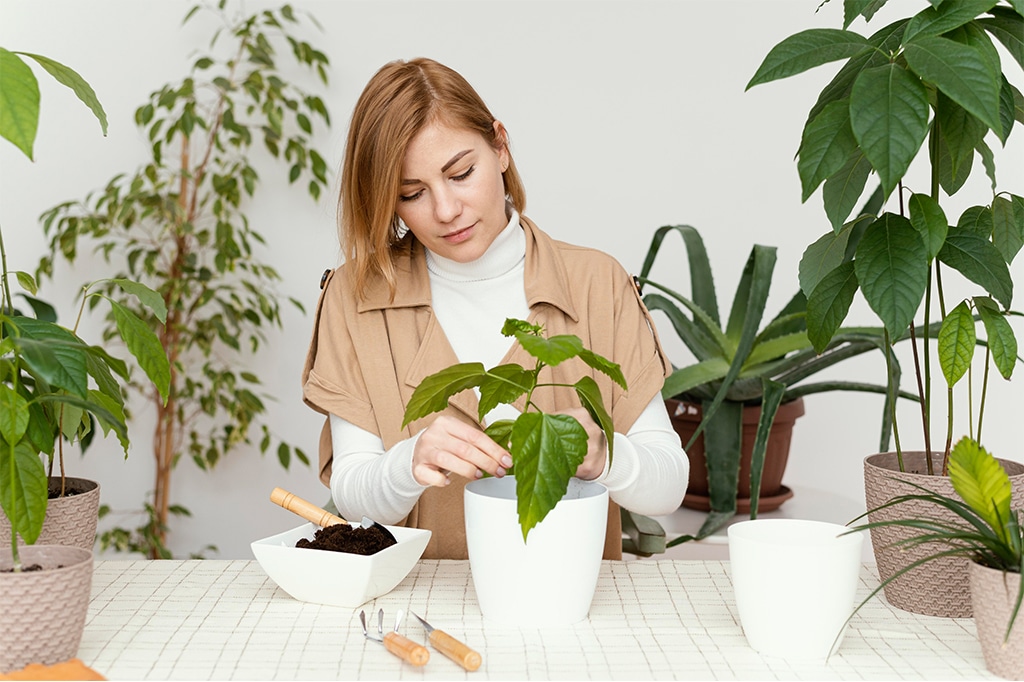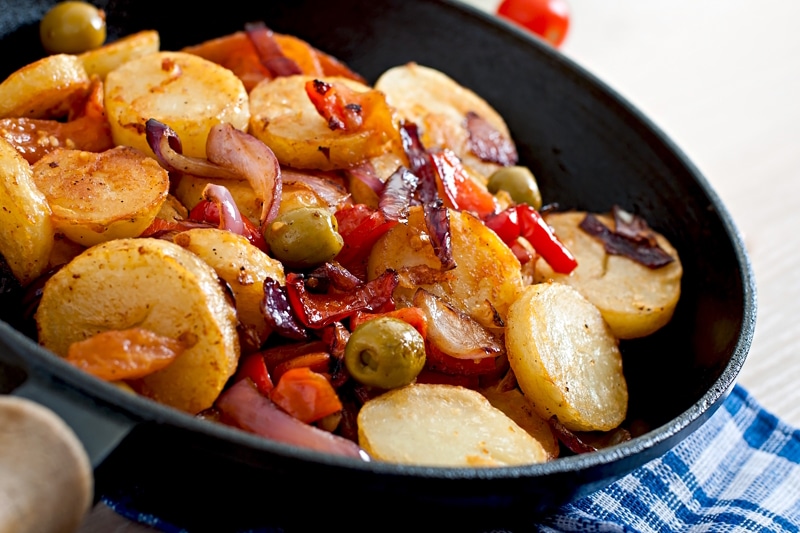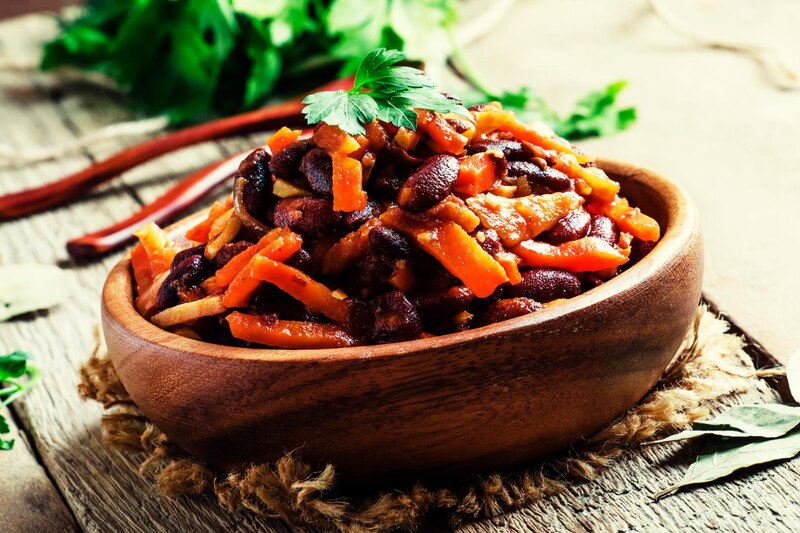Gardens have a tremendous impact on our health and well-being and let’s not forget how good they can be to the planet. In this article, we share tips for creating your own indoor garden in your kitchen. To grow delicious veg – with the right amount of light
There are so many benefits to gardening. It can boost our mental well-being our physical health, and as if that wasn’t enough, you can eat what you grow!
Home gardening has a huge impact on the environment as well, as it cuts the food miles of your meals and then reduces your carbon footprint, and create less waste since you only pick and eat the amount you need.
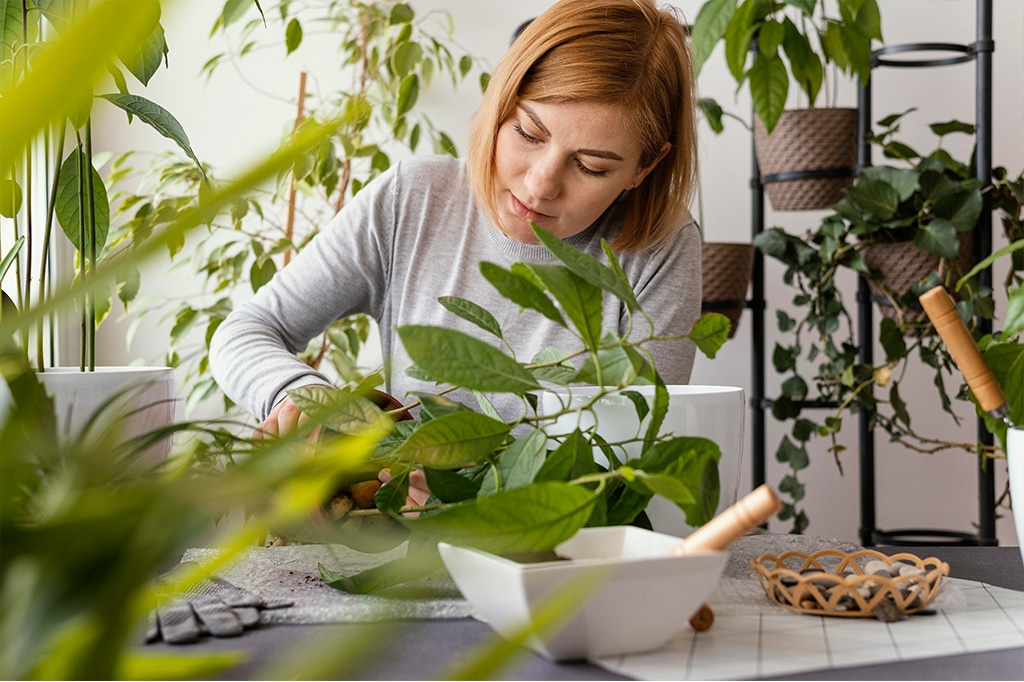
People that do not have a backyard can still enjoy the benefits of growing fruit and vegetables. Many people grow their crops indoors to protect them from insects, fungi, and bad weather, so it can still be achieved and get great results with an indoor garden or in the kitchen.
Either if you are a vegan, giving it a try, trying a healthier or more conscious diet these tips will be the best to create an indoor kitchen garden full of fruits and veggies.
Make Space In Your Kitchen
First, you need to choose a designated space in your kitchen. Preferably a space with lots of sunlight and not extreme changes of temperature. You can buy indoor garden containers with a hydroponic system or a more old-school approach with large pots or wooden crates filled with earth.
If your place does not face the sum you could consider UV lights to help your garden grow especially if your kitchen is quite dark.
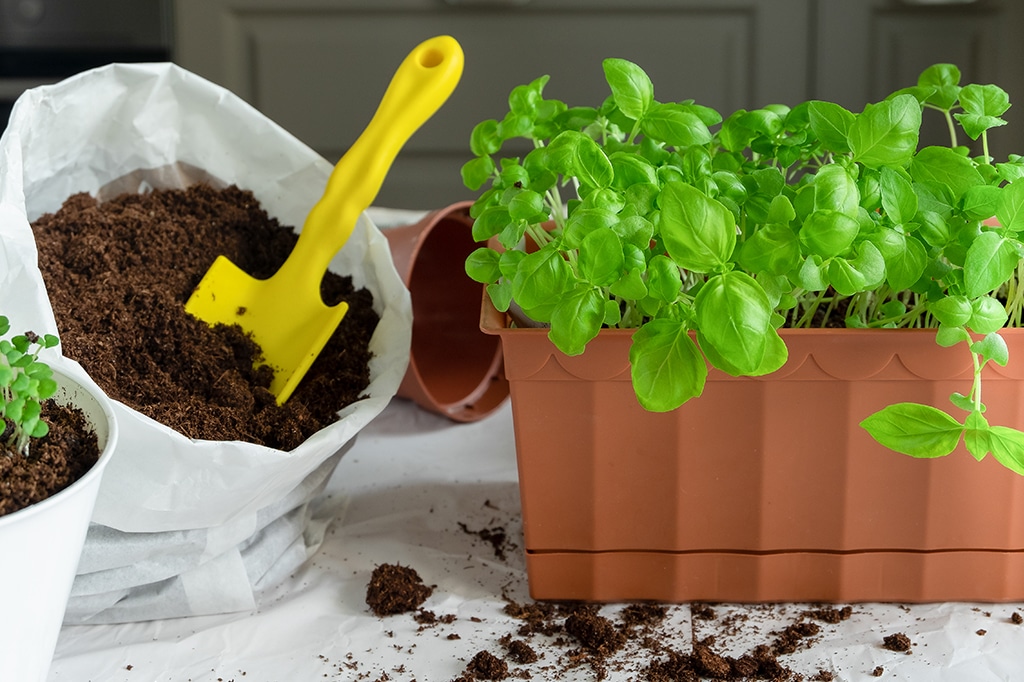
Another thing crops need is space; many vegetables do not grow due to the lack of space, so plot your patch carefully to maximize your yield. If you don’t have much space, stick to one crop until you’re confident you can figure out how to fit more in.
If you’re a beginner, start with something simple. Carrots and beetroot are extremely adaptive if you want them to straight and long place them with just 20 inches of soil. Don’t crowd them by planting too many in one pot.
If you’re very short on space, a herb garden will be my suggestion. Most herbs, like mint, basil, or parsley, require direct sunlight and warmth. They can be grown together in a box next to the window.
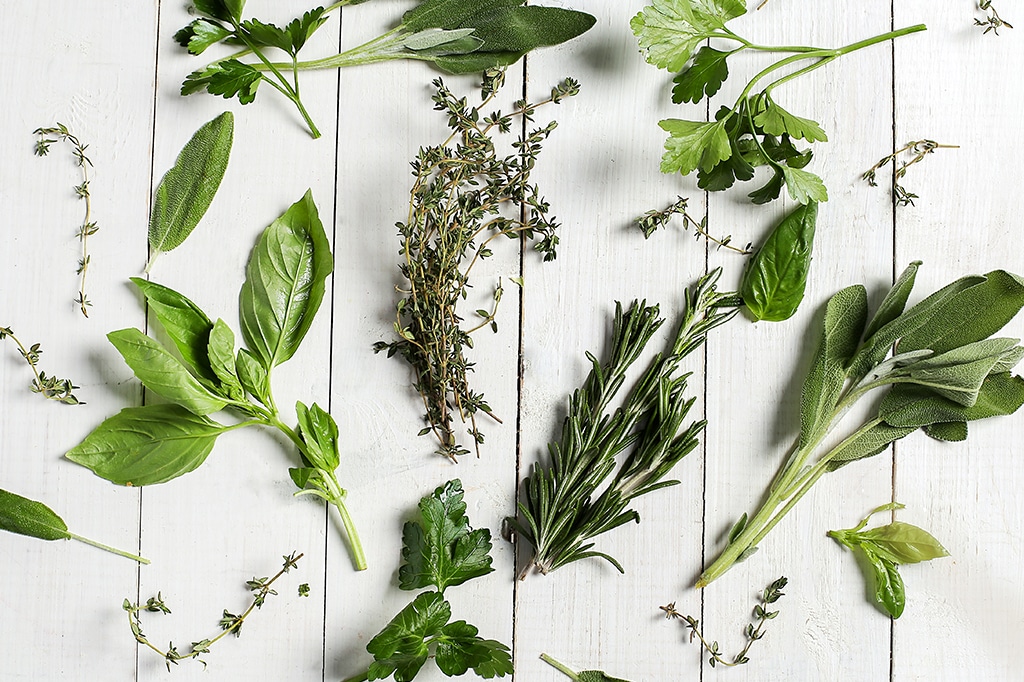
Care For Your Crops
Buy a compost bin, it is a great way to reuse kitchen waste and helps your garden flourish. From coffee grounds, fruit, and veg scraps. Your crops will benefit from plenty of nutrients and reduce what you throw away in your kitchen bin. Some food such as orange peel and banana skin does not require to compost them first.
The water we boil is usually thrown away, cool it down, and reuse to save tap water. It is not only great for the environment but the vitamins and minerals released when you cook your vegetables can enrich the crops.
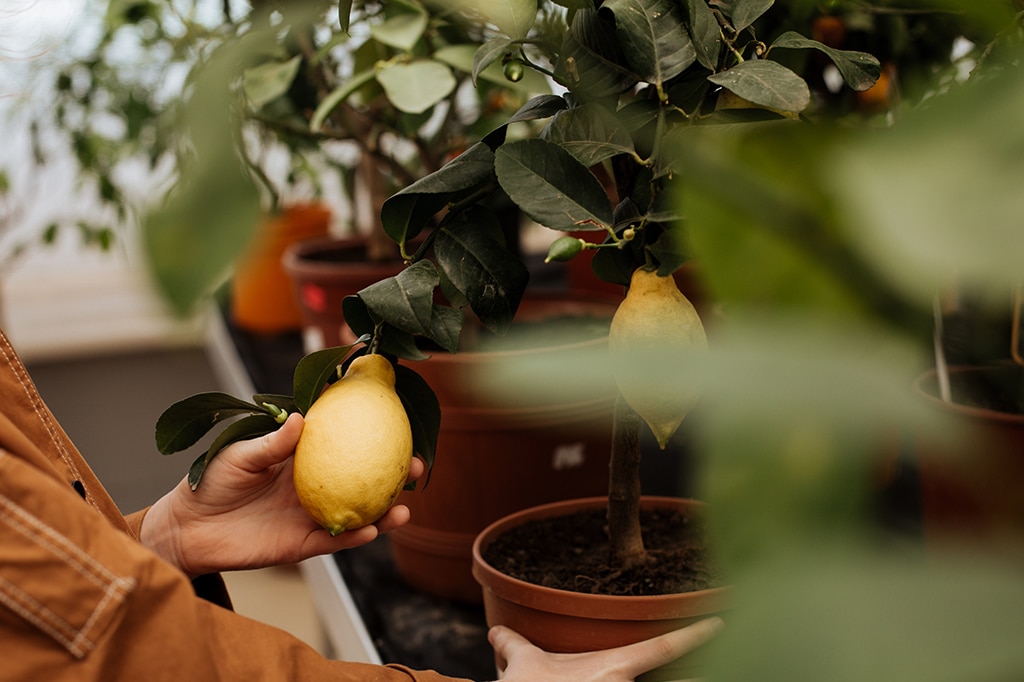
Enjoy Your Crops
When they are ready to harvest, we can use them in all sorts of recipes after washing them. If we don’t eat straight away we can freeze.
High water content crops such as tomatoes, celery, and cabbage don’t freeze very well, so we can make what you grow last longer if you cook them first. Maybe by making soup or sauces, portioning them, before sending them into the freezer. It can be stored for up to six months.
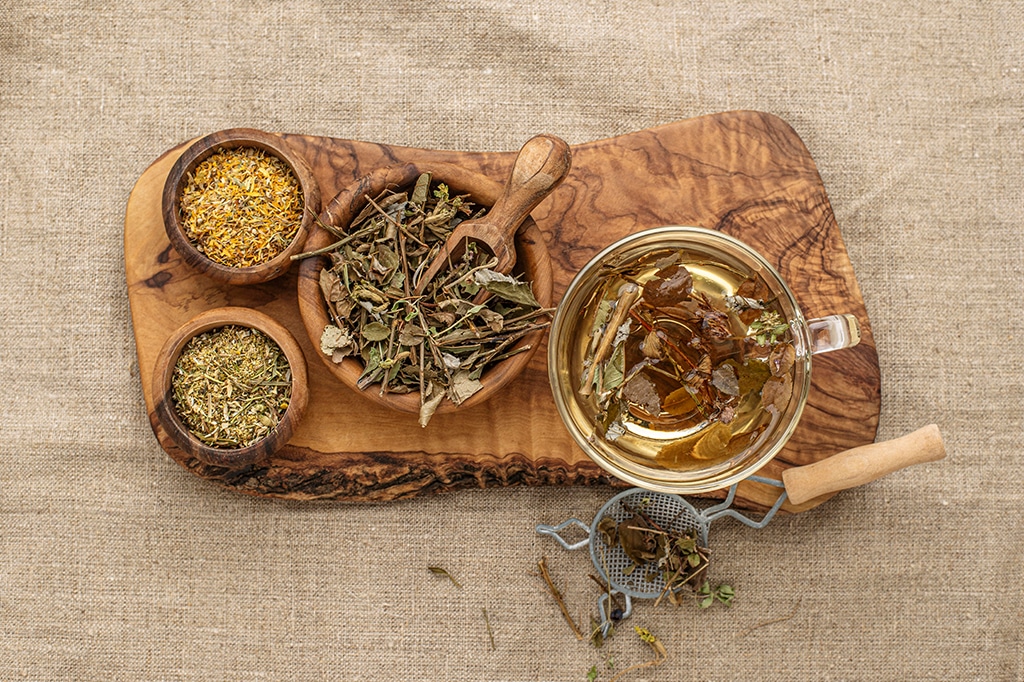
Indoor garden crops can be preserved into jams or pickles and they can last for as long as 2 years. Great for adding flavor to dishes or for a gift.
Herbs and spices can be used to infuse oils. For example flavouring olive oil with basil, garlic, or even chili, and the taste, you can’t imagine how far it will go.
The tips in this guide will help you to start your indoor garden in your kitchen, full of healthy and delicious vegan food… So let’s start growing!

